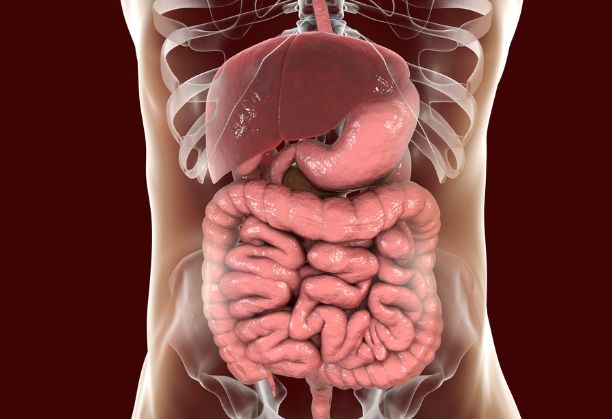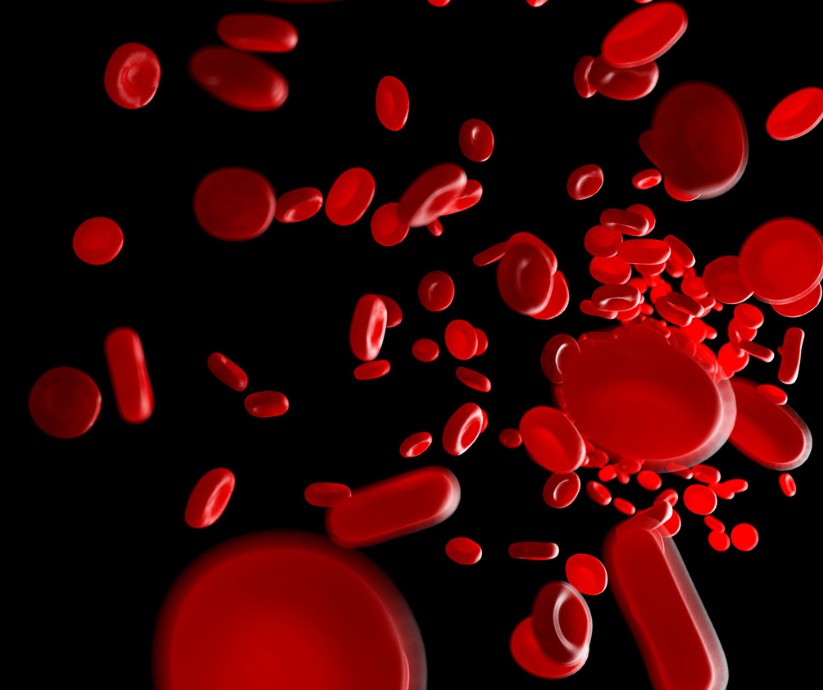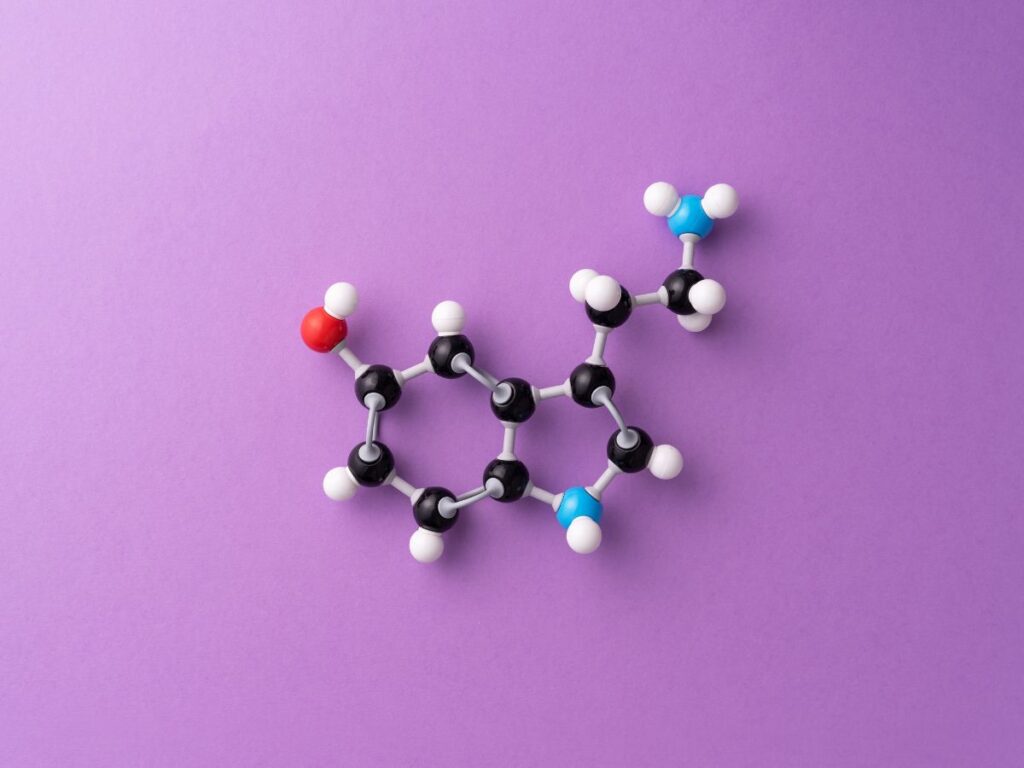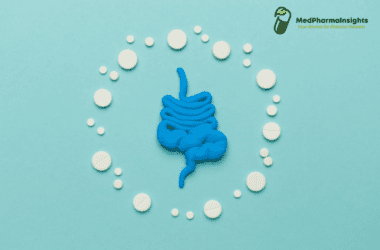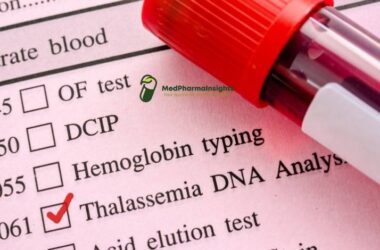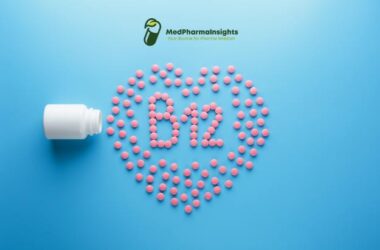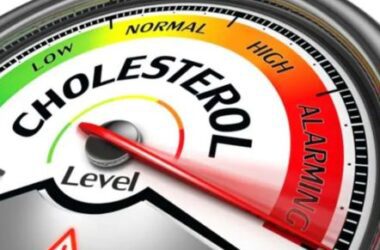Imagine having a health condition you can manage and even improve by making conscious choices about your food. That’s the reality for many individuals with hypertension or high blood pressure. While medication and lifestyle changes play a role in managing hypertension, diet is a powerful tool that can significantly impact your blood pressure levels. In this blog, we’ll explore the relationship between hypertension and diet and provide practical tips to keep your blood pressure in check through the food you eat.
Understanding Hypertension
First, let’s clarify what hypertension is. It’s a medical term for high blood pressure, a condition in which the force of blood against the walls of your arteries is consistently too high. Over time, this can lead to serious health problems, including heart disease, stroke, and kidney issues. Hypertension is often referred to as the “silent killer” because it typically doesn’t have noticeable symptoms until it reaches an advanced stage.
The DASH Diet: A Heart-Healthy Eating Plan
The Dietary Approaches to Stop Hypertension (DASH) diet is a well-researched and recommended eating plan for people with hypertension. It emphasizes foods that help lower blood pressure while reducing or eliminating those that can contribute to high blood pressure.
Here are some key principles of the DASH diet:


- Eat More Fruits and Vegetables: Aim to fill half your plate with fruits and vegetables at each meal. They are rich in potassium, a mineral that can help counteract the effects of sodium (salt) on blood pressure.
- Choose Whole Grains: Choose brown rice, quinoa, and whole wheat bread over refined grains. They provide more fibre and nutrients that support heart health.
- Include Lean Proteins: Incorporate lean protein sources such as poultry, fish, beans, and legumes into your diet. These options are lower in saturated fat, which can contribute to high blood pressure.
- Limit Sodium: Reducing your salt intake is crucial for managing hypertension. Avoid adding extra salt to your food and read food labels to identify high-sodium products. Aim to consume less than 2,300 milligrams of sodium daily (and ideally even less for those with severe hypertension).
- Moderate Dairy: Choose low-fat or fat-free dairy products for their calcium and protein content. These can be part of a heart-healthy diet.


- Watch Your Sweets: Limit sugary foods and beverages, as they can contribute to weight gain and raise blood pressure.
- Healthy Fats: Include sources of healthy fats, such as avocados, nuts, and olive oil, in your diet. These fats can help improve overall heart health.
Additional Tips for Hypertension-Friendly Eating
In addition to following the DASH diet principles, here are some additional tips to help you manage hypertension through your diet:
- Monitor Your Blood Pressure: Regularly check your blood pressure levels and keep a record. This will help you and your healthcare provider assess the effectiveness of your dietary changes.
- Stay Hydrated with Water: Limit sugary beverages and focus on drinking plenty of water, as adequate hydration is essential for overall health and can support blood pressure regulation.
- Portion Control: Be mindful of portion sizes to avoid overeating, which can lead to weight gain and increased blood pressure.
- Cook at Home: Preparing meals at home gives you full control over the ingredients and cooking methods, making adhering to a heart-healthy diet or Blood pressure-friendly foods easier.


